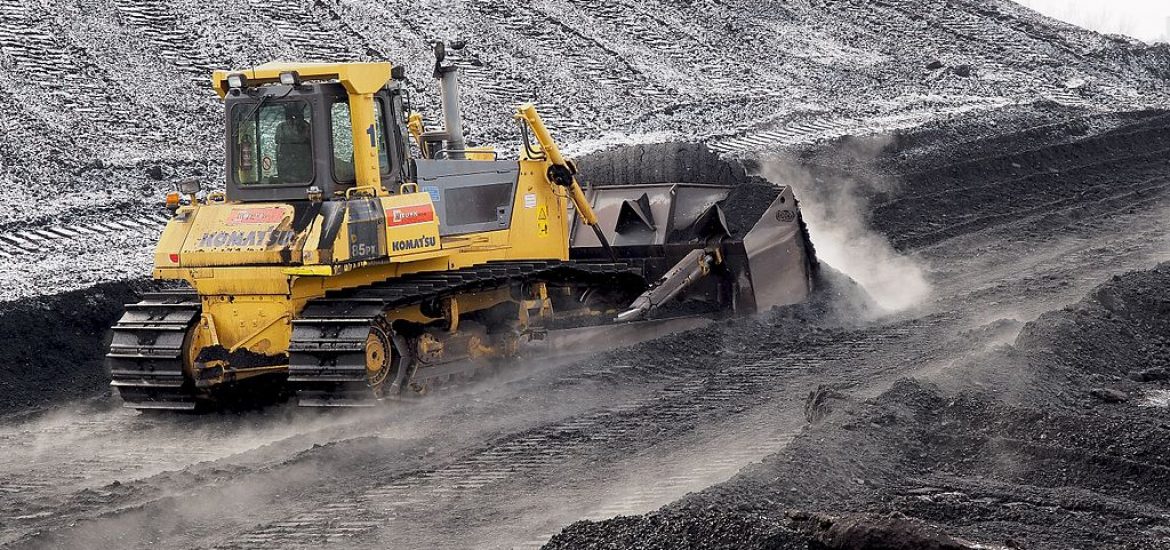
Global coal use is due to rise as electricity demand across the developing world is forecast to outpace western moves to abandon the dirtiest fossil fuel.
The Paris-based International Energy Agency (IEA) has forecast gradual increases in coal use over the next five years.
The IEA forecast that coal-fired electricity would rise marginally between 2020 and 2024, at less than 1 per cent a year, which should see its share of the global electricity mix fall to 35 per cent in 2024 from 38 per cent in 2018.
Coal is still the primary source of energy used to generate electricity and contributes more than 40 per cent of energy-related carbon-dioxide emissions.
“There are few signs of change,” the IEA’s annual coal report said. “Despite all the policy changes and announcements, our forecast is very similar to those we have made over the past few years.”
But the IEA said coal use could deviate widely, depending on China’s energy policy decisions in its next five-year plan for 2021-25.
The trend was further complicated by a decline in coal use this year which was largely due to high growth in hydroelectric sources and relatively low electricity demand from India and China, according to analyst Carlos Fernandez Alvarez of the IEA.
Coal also faces rising public opposition due to concerns over air pollution and the climate crisis.
“Coal-fired power plants in Asia are young, 12 years old on average, so they could still run for decades,” said IEA executive director Fatih Birol.
He called for carbon capture, utilisation and storage (CCUS) projects to store carbon dioxide to prevent it from being released.
“The adoption of CCUS in many of Asia’s young power plants would be necessary to bring the world into line with a pathway for achieving international goals on climate, air quality and energy access,” Birol told the media.
The IEA said coal demand was due to rise, fuelled by consumption in India, China and Southeast Asia, where it is widely used to produce steel and cement.
Coal-fired electricity rose by around 2 per cent last year to reach an all-time high, keeping the filthy fossil-fuel’s crown as the world’s biggest source of electricity.
India and China are the world’s largest coal producers and users.
Meanwhile, the European Union has, with the notable exception of Poland, agreed to target carbon neutrality by 2050.
US natural gas supplies, often extracted using the environmentally ruinous process of fracking, has cut into demand for coal, despite Donald Trump’s electoral pledges to revive the coal sector and his promotion of “clean coal”.
Picture credit: Wikimedia





